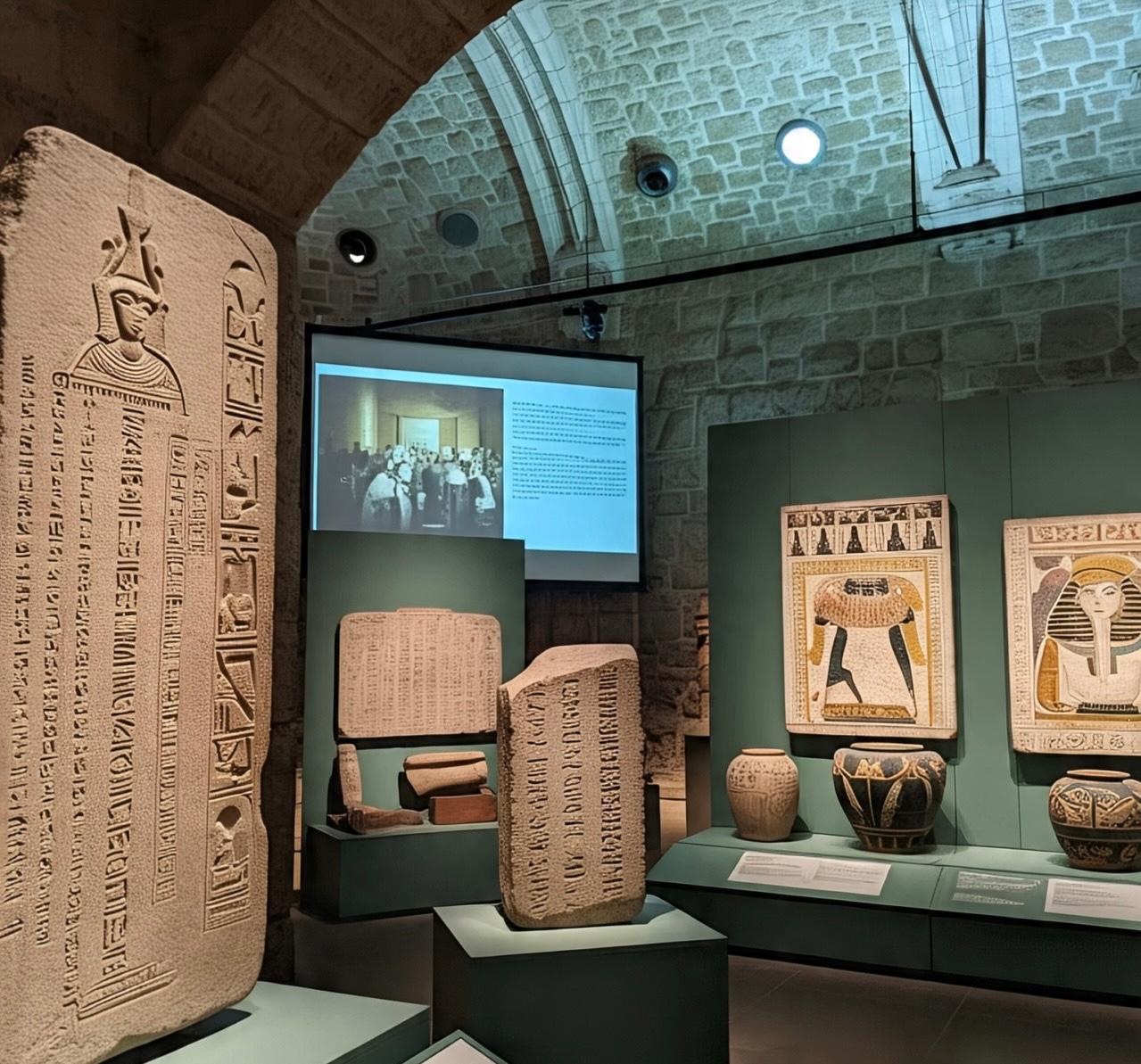Early sophisticated societies’ artistic inventiveness and means of communication are brilliantly shown in ancient artz. These artworks were more than just ornamentation; they were also essential instruments for religious customs, storytelling, and historical documentation. From elaborate carvings to early writings, ancient artz exposes the innovation of civilizations that built the basis for contemporary culture.
What makes Ancient Artz?
Ancient artz describes the great range of creative works created by sophisticated civilizations of the past. Alongside their creative outputs, these civilizations occasionally created separate forms of writing. Ancient civilizations such the Egyptians, Mesopotamians, Greeks, and Mayans were noted for this blend of art and script.
Unlike modern art, traditional art was intimately connected to cultural, religious, and political life. Besides visual appeal, artifacts like pottery, sculptures, murals, and carved tablets have historical significance that clarifies past lifestyles.
Significance of Writing in Old Artz
One distinguishing aspect of ancient artz is its incorporation of written languages. Complementing their visual art, ancient civilizations employed various forms of writing including hieroglyphics, cuneiform, and pictographs. Their blend of photographs and words let them record myths, rules, and major occurrences.
For instance, Egyptian hieroglyphs usually accompanied tomb paintings telling tales of gods and monarchs. Likewise, Mesopotamian cuneiform tablets noted royal proclamations and financial activities. This fusion of art and literature gave a more sophisticated context that contemporary historians use to interpret old civilizations.
Different Forms of Ancient Artz Over Cultures
The variety of ancient artz is quite amazing. Every society gave distinct writing systems and aesthetic genres that mirrored their surroundings and beliefs.
Renowned for massive sculptures and intricate tomb paintings, Egyptian art sometimes included hieroglyphic inscriptions that told tales of the afterlife.
Featuring cylinder seals, reliefs, and cuneiform writing, Mesopotamian artz was closely linked to religious and administrative roles.
Mayan Artz created an elaborate writing system together with lavish murals and pottery that portrayed their cosmos and rulers.
Greek Artz inspired Western artistic conventions for centuries by fusing realistic sculpture with early alphabetic writing.
These illustrations show how varied ancient artz was but always used written communication with visual creativity.
The Function of Ancient Artz in Society
Maintaining social order and preserving information required ancient artz more than just embellishment. Artz expressing political authority and religious ideas decorated temples, tombs, and public buildings.
Furthermore, writing built into artz let next generation cultural inheritance. Much of what we understand about ancient civilizations would be lost without these artistic records. Ancient art was additionally used for educational goals, instructing the populace religious and moral lessons.
Maintaining and Investigating Modern Ancient Artz
To better grasp the human past, archaeologists and historians today research early artz. Many ancient artifacts kept in museums keep fascinating and informing visitors.
Technological developments like 3D scanning and digital rebuilding have helped researchers worldwide to study and distribute old artworks. These initiatives help to keep the legacy of ancient civilizations and their creative accomplishments alive for upcoming generations.
Why Ancient Artz Counts
Appreciating how human creativity evolved depends on an understanding of ancient artz. It links us to our forebears and exposes universal themes like faith, power, and identity. Early cultures’ convergence of art and writing provided the foundation for numerous facets of contemporary society.
Examining historical artz helps us to understand how old civilizations seen the world and expressed their ideas. This understanding enhances our cultural legacy and motivates contemporary artists and academics both.
Ancient artz is a rich tapestry of visual and written expression that highlights the brilliance of early advanced civilizations. Analyzing these works opens doors to tales of human accomplishment, belief systems, and social organization.
Whether via Mayan murals, Mesopotamian cuneiform, or Egyptian hieroglyphs, old artz continues to be an important bridge between the past and the present. Its ongoing beauty and historical value still enchant and inform, demonstrating that art and literature have always been strong means of human contact.







